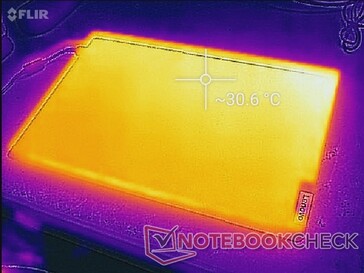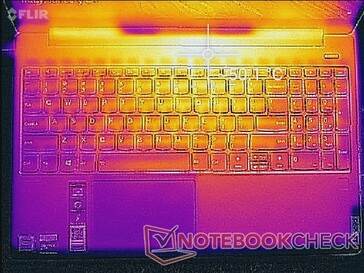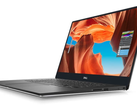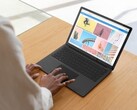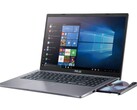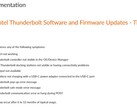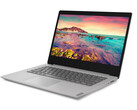(January 30, 2020 update: Dell was quick to release a hotfix related to Modern Standby for its XPS 15 9570 series on August 30, 2019. The update can be found here. Our temperature measurements on the Dell were performed prior to applying the fix.)
When you close your laptop display, you would expect the laptop to enter Sleep or Hibernation mode and consume as little power as possible in the process. We would measure a consumption rate of under 2 W when under such conditions in most cases. Unfortunately, some newer laptops would consume much more power by over a factor of 10 and become very warm as a result even though the system is stowed away.
We've come across at least three examples of laptops becoming very warm when in Sleep mode: the Dell XPS 15 7590, Asus ZenBook 15, and the more recent Lenovo IdeaPad S740 15. The latter is perhaps the most egregious example as we're able to measure a steady consumption of 27.4 W when the lid is closed and in "Sleep" mode throughout the night. Surface temperatures would become as warm as 50 C as shown by our temperature maps below simply by doing nothing. Such high temperatures would be unfavorable for battery life and any nearby items.
The phenomenon is not exclusive to our test units as there are multiple online user reports of hot laptops and fast draining batteries when in "Sleep" mode.
The main culprit is Microsoft's Modern Standby feature which replaces the older S3 power state mode that most users are familiar with. Modern Standby allows for additional background activity like system updates and online downloads at the cost of increased power consumption. Nonetheless, the hot surfaces and temperatures we observed would still occur even after applying all updates and disabling the WiFi.
While we understand the intentions of Modern Standby, Microsoft's implementation has been poorly communicated to consumers. For example, the "Sleep" selection remains on the Windows Start Menu even though the option refers to Modern Standby on certain models like the ones mentioned above. Users should know that by putting their laptops to "Sleep", surface temperatures may rise and battery life may drain more quickly.
Furthermore, Microsoft is making it difficult for users to disable Modern Standby and revert back to S3. Unofficial means and workarounds are possible, but they are unnecessary hoops nonetheless. The feature has become more of a headache than something useful especially since most users aren't even aware of its existence and drawbacks compared to the traditional Sleep state.


 Deutsch
Deutsch English
English Español
Español Français
Français Italiano
Italiano Nederlands
Nederlands Polski
Polski Português
Português Русский
Русский Türkçe
Türkçe Svenska
Svenska Chinese
Chinese Magyar
Magyar
